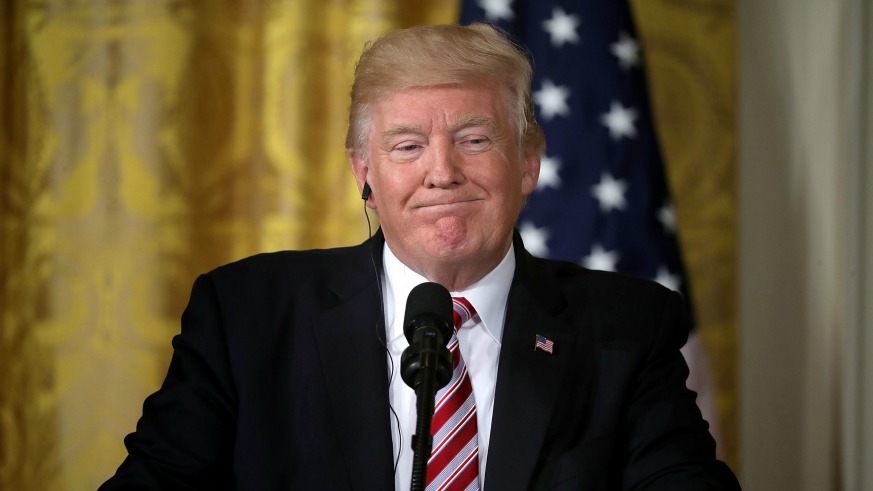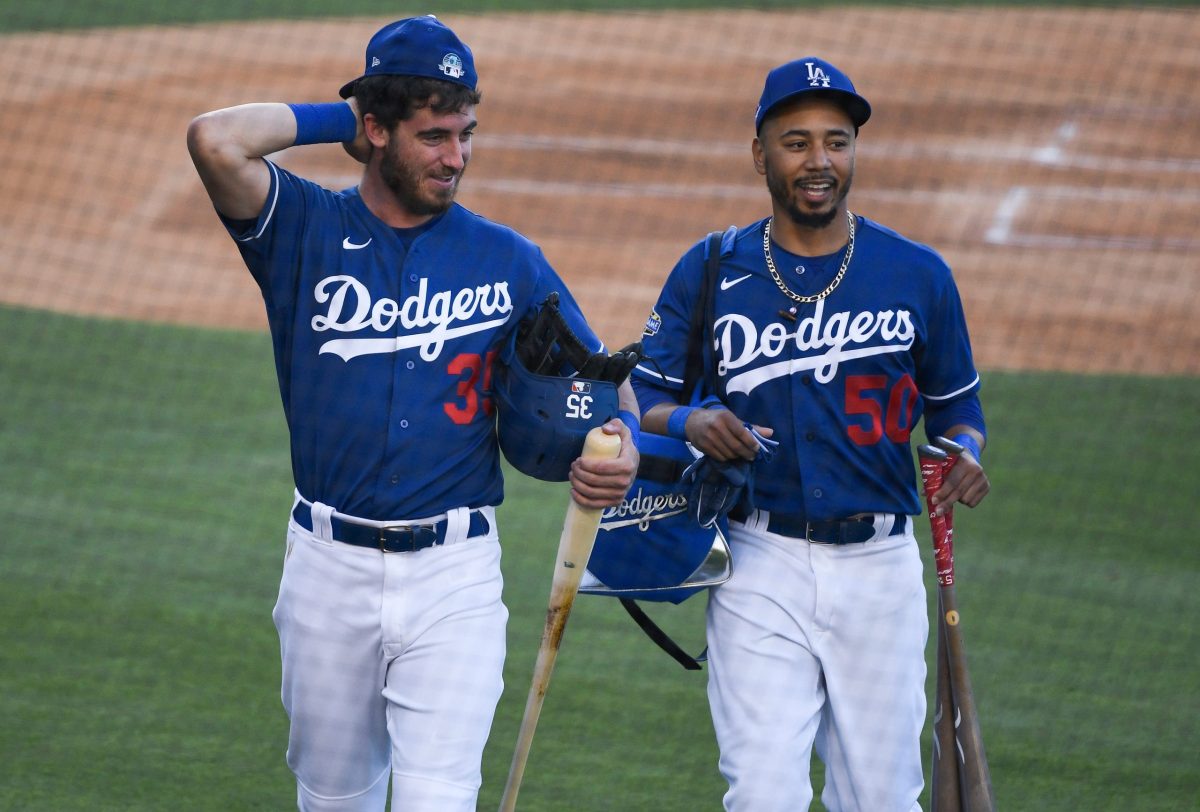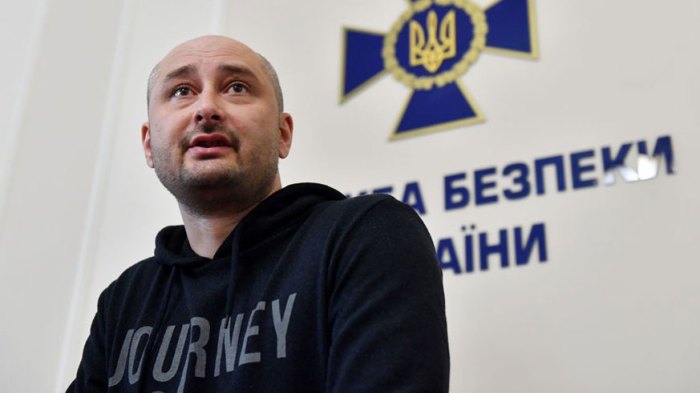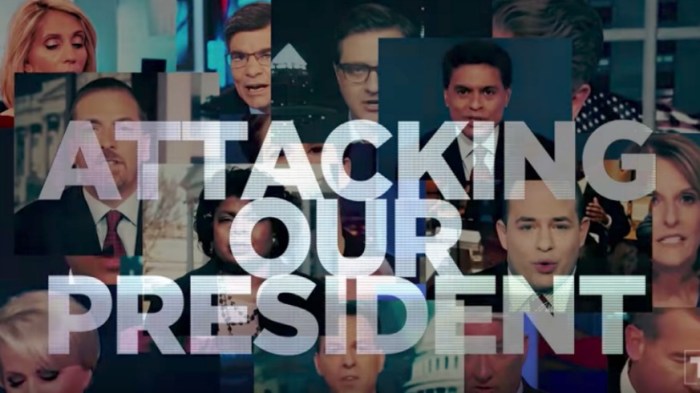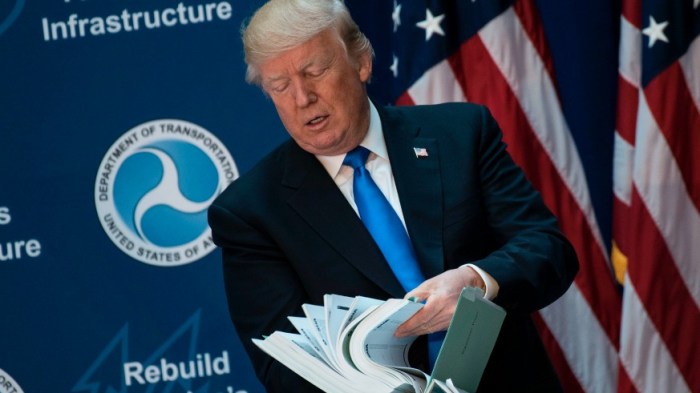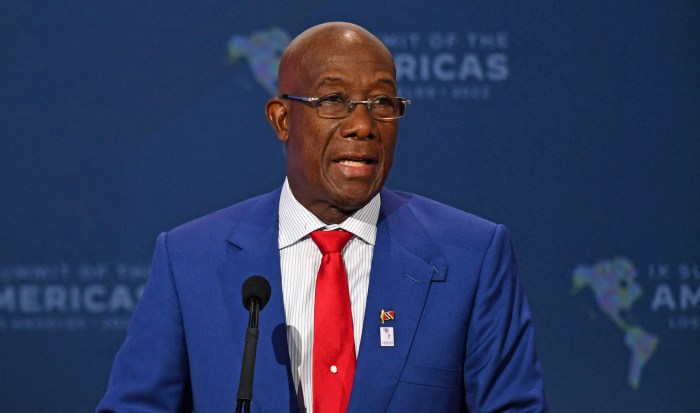Russian-driven propaganda and conspiracy theories have deeper roots and spread faster than thought throughout the U.S., and what once occupied the fringes of the internet is now solidly in the mainstream, having been embraced by the Trump administration, a university researcher has found.
Mother Jones reports that Kate Starbird, a University of Washington professor, found that in 2016, hyper-politicized misinformation and conspiracy theories began to spread across the internet after mass shootings and the Paris terror attacks. In her research into the 2016 campaign, she found that these kinds of far-right and Russian-planted stories were embraced by the Trump administration.
“When it’s coming out of the mouths of people in power,” she says, “it’s no longer marginal.”
Among her findings:
— Fear-mongering conspiracy theories began as far back as 2010. Tweets about a conspiracy surrounding the Deepwater Horizon oil spill linked to quotes and articles written by Russian scientists. They were designed to sow chaos — the same intent as the fake Russian stories that the Trump campaign embraced early and often.
— Frequently cited fake news sites such as InfoWars, BeforeItsNews, 21stCenturyWire and VeteransToday, often connected to Russian government-supported sites like RT and Sputnik. VeteransToday even had a content partnership with a Russian fake news site.
— Twitter bots amplified conspiracy theories after the Paris terror attacks and a community-college shooting in 2015. (Bots were shown to have spread negative stories about Hillary Clinton and Democrats in 2016.)
It shows that Russian efforts to sow distrust and chaos in the U.S. media and political system were more insidious and well-developed than thought. “Three years ago, our lab decided these conspiracy theories were too marginal and salacious to be the focus of our research,” Starbird wrote. “Almost that it was beneath our dignity to pay attention to and promote this kind of content. What a terrible mistake that was.”

